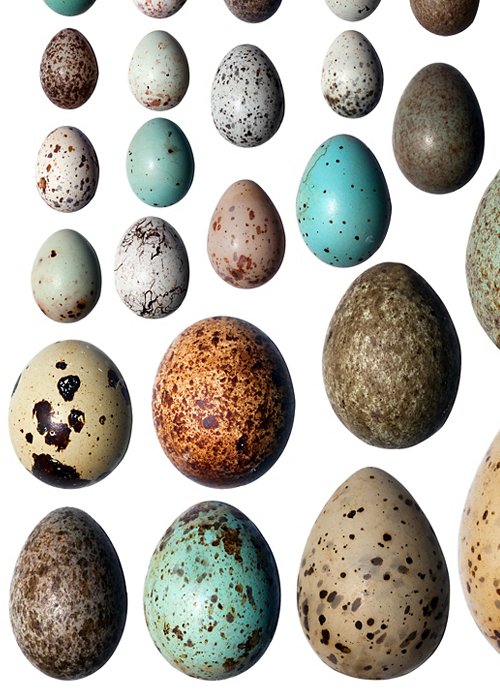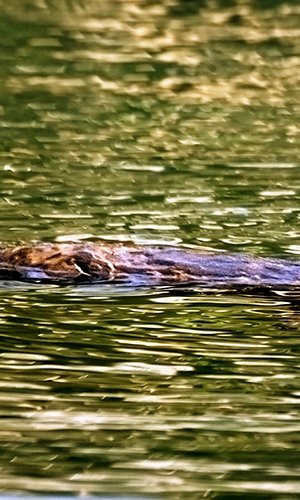Chocolate eggs are now the most emblematic symbol of Easter. However, not everyone knows that the exchange and symbolism of eggs is an ancient tradition, which originated thousands of years ago. The first findings of eggs decorated with abstract motifs date back to an archaeological site in South Africa, where archaeologists found some fragments of 60,000-year-old ostrich eggs decorated with abstract motifs. These eggs were probably used as containers for water. The Christian tradition of Easter eggs began among the early Christians of Mesopotamia, who coloured their eggs red in remembrance of the blood of Christ. They also decorated them with crosses or other symbols, a tradition that still endures today in Orthodox and Eastern Christian countries. The symbolism of the egg for early Christians was quite obvious: from the egg comes life, which in turn was associated with the rebirth of Christ and thus with Easter.
Chocolate eggs became popular in the 19th century, and over time little surprises were included inside. As with all successful inventions, the origin of chocolate eggs is uncertain. According to some, the first one was invented by Rodolphe Lindt, the son of a pharmacist in Berne, who founded the company of the same name. Another tradition attributes them to the Dutch chemist and chocolatier Coenraad Johannes van Houten, who discovered a new way to process cacao beans.
Eggs and evolution
What is now a symbol in many cultures, in nature evolved millions of years ago. Eggs represent the fundamental invention that allowed vertebrate animals to colonise dry land. The presence of a protective outer shell ensured a watery medium for the development of the embryos of animal species that left the aquatic environment and colonised dry land. Fish and amphibians, on the other hand, continued to lay eggs without shells in a liquid medium. Let's take a look at interesting facts and some records of the most emblematic Easter symbol.
The largest egg ever laid by a bird appears to have been that of a species of Moa (Dinornis robustus), a large ostrich-like bird more than two metres tall and weighing about 250 kg, which lived in New Zealand but was made extinct around 1500 by humans. Its egg measured 17.8 x 24 cm. If, however, we refer to living animals, the record holder for the largest eggs is the ostrich (Struthio camelus). An ostrich egg is equivalent to about 25 chicken eggs, may measure up to 15-18 centimetres (in some cases up to 25) and weigh from 1 kg up to 2 kg. Oval-shaped ostrich eggs are white or very pale yellow to avoid overheating due to the high temperatures of the savannah. They have a very hard shell that is difficult to break and the size of ostrich chicks at birth is also considerable.
Among reptiles, the record obviously belongs to a dinosaur—although, incredibly, these gigantic animals did not lay particularly large eggs compared to their size. The largest eggs ever found measure no less than 60 cm and are those of Gigantoraptor erlianensis, which lived in the Cretaceous period some 75 million years ago.
The smallest egg laid by a living animal is that of a Jamaican hummingbird (Mellisuga minima), just 10 mm long and weighing only 0.365 grams.
As far as shape is concerned, not all eggs are the same and reflect our stock image of an elliptical egg. Eggs may be elliptical, oval, pointed, or pear-shaped. Variations are determined both by anatomical causes (the structure of the female pelvis) and the reproductive habits of the various species. For example, seabirds such as guillemots, razorbills and black-legged kittiwakes, which nest on rocky cliffs, lay eggs in the shape of an elongated pear to avoid the risk of them falling over as they roll, while species that make use of cavities or holes can safely keep to the round shape.
Colouring is produced by substances deposited on the outer shell: melanins lead to brown and black hues, carotenoids give shades of yellow, red, orange, brown and violet, while cyanins help to form blue and green colours. The colour of the eggs also depends on where they are laid, so one of the determining factors is camouflage, which favours the colours best able to blend in with the environment. White is more common for reptiles, which lay eggs in crevices or bury them. Among birds, the range of colours is considerably wider: there are also brown, blue and red ones with various possible shades and combinations. A few examples: Moussier's redstarts (Phoenicurus moussieri) lay eggs that range from white to blue even in the same brood, while common tailorbirds (Orthotomus sutorius) are even more bizarre and the four eggs they usually lay may be white, green, greenish-blue or even pink with light red, violet and black speckles. Lapwings (Vanellus vanellus) and Curlews (Numenius arquata) prefer brown shading or a nice olive green with reddish speckles: it really takes sharp eyesight to spot them in the undergrowth. Kentish plovers (Charadrius alexandrinus), miniature waders, are masters of camouflage; in fact, they lay eggs that are very difficult to spot in the sandy environment where they breed. On the other hand, since they nest in cavities carved into tree trunks, Great Spotted Woodpeckers (Dendrocopos major) lay shiny white eggs to make them easier to locate in the dark in places where it is difficult to move.




